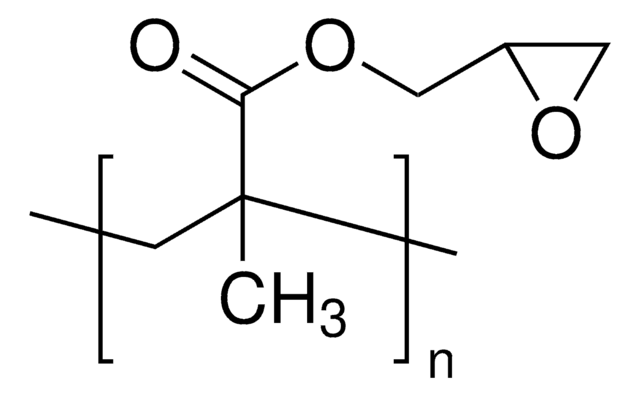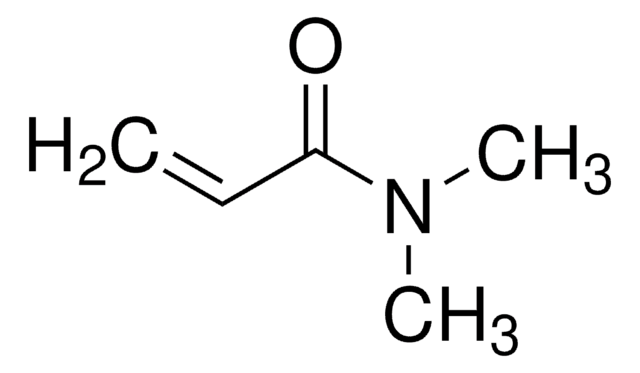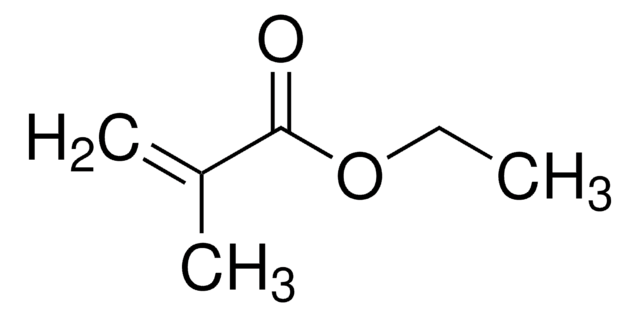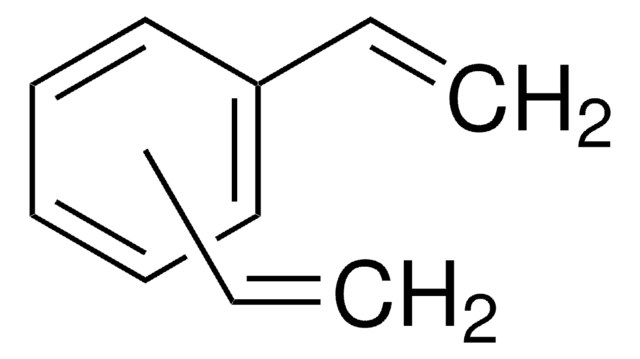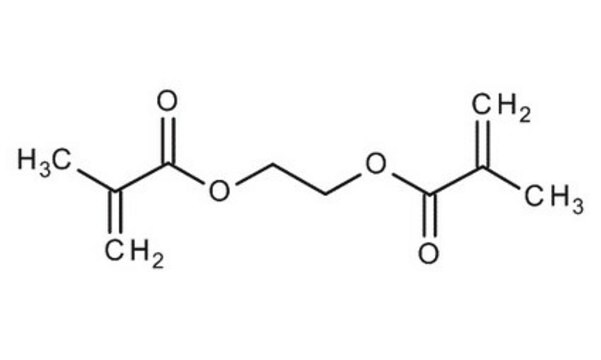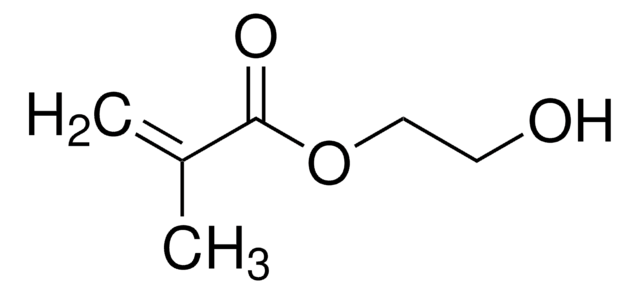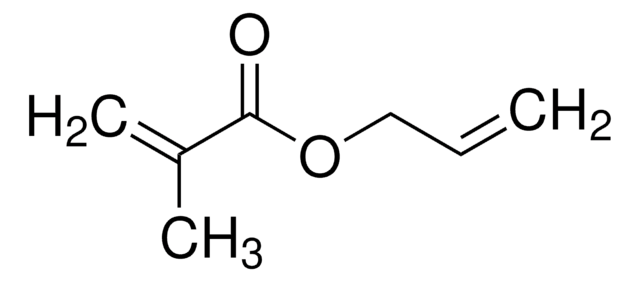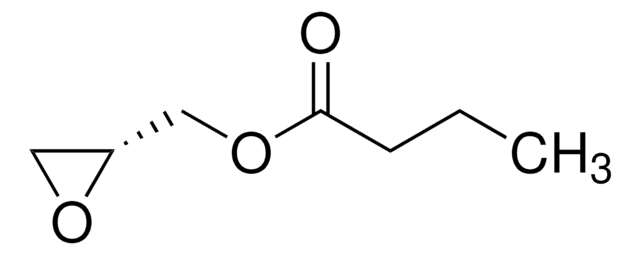151238
Glycidylmethacrylat
97%, contains 100 ppm monomethyl ether hydroquinone as inhibitor
Synonym(e):
2,3-Epoxypropyl-methacrylat, Glycidyl-methacrylat, Methacrylsäure-2,3-epoxypropylester
About This Item
Empfohlene Produkte
Qualitätsniveau
Assay
97%
Form
liquid
Enthält
100 ppm monomethyl ether hydroquinone as inhibitor
Verunreinigungen
0.02% epichlorohydrin
Brechungsindex
n20/D 1.449 (lit.)
bp
189 °C (lit.)
Dichte
1.042 g/mL at 25 °C (lit.)
Lagertemp.
2-8°C
SMILES String
CC(=C)C(=O)OCC1CO1
InChI
1S/C7H10O3/c1-5(2)7(8)10-4-6-3-9-6/h6H,1,3-4H2,2H3
InChIKey
VOZRXNHHFUQHIL-UHFFFAOYSA-N
Suchen Sie nach ähnlichen Produkten? Aufrufen Leitfaden zum Produktvergleich
Allgemeine Beschreibung
Anwendung
Signalwort
Danger
Gefahreneinstufungen
Acute Tox. 3 Dermal - Acute Tox. 4 Oral - Carc. 1B - Eye Dam. 1 - Muta. 2 - Repr. 1B - Skin Corr. 1C - Skin Sens. 1 - STOT RE 1 - STOT SE 3
Zielorgane
Respiratory system
Lagerklassenschlüssel
6.1C - Combustible acute toxic Cat.3 / toxic compounds or compounds which causing chronic effects
WGK
WGK 3
Flammpunkt (°F)
168.8 °F - closed cup
Flammpunkt (°C)
76 °C - closed cup
Hier finden Sie alle aktuellen Versionen:
Besitzen Sie dieses Produkt bereits?
In der Dokumentenbibliothek finden Sie die Dokumentation zu den Produkten, die Sie kürzlich erworben haben.
Kunden haben sich ebenfalls angesehen
Unser Team von Wissenschaftlern verfügt über Erfahrung in allen Forschungsbereichen einschließlich Life Science, Materialwissenschaften, chemischer Synthese, Chromatographie, Analytik und vielen mehr..
Setzen Sie sich mit dem technischen Dienst in Verbindung.

